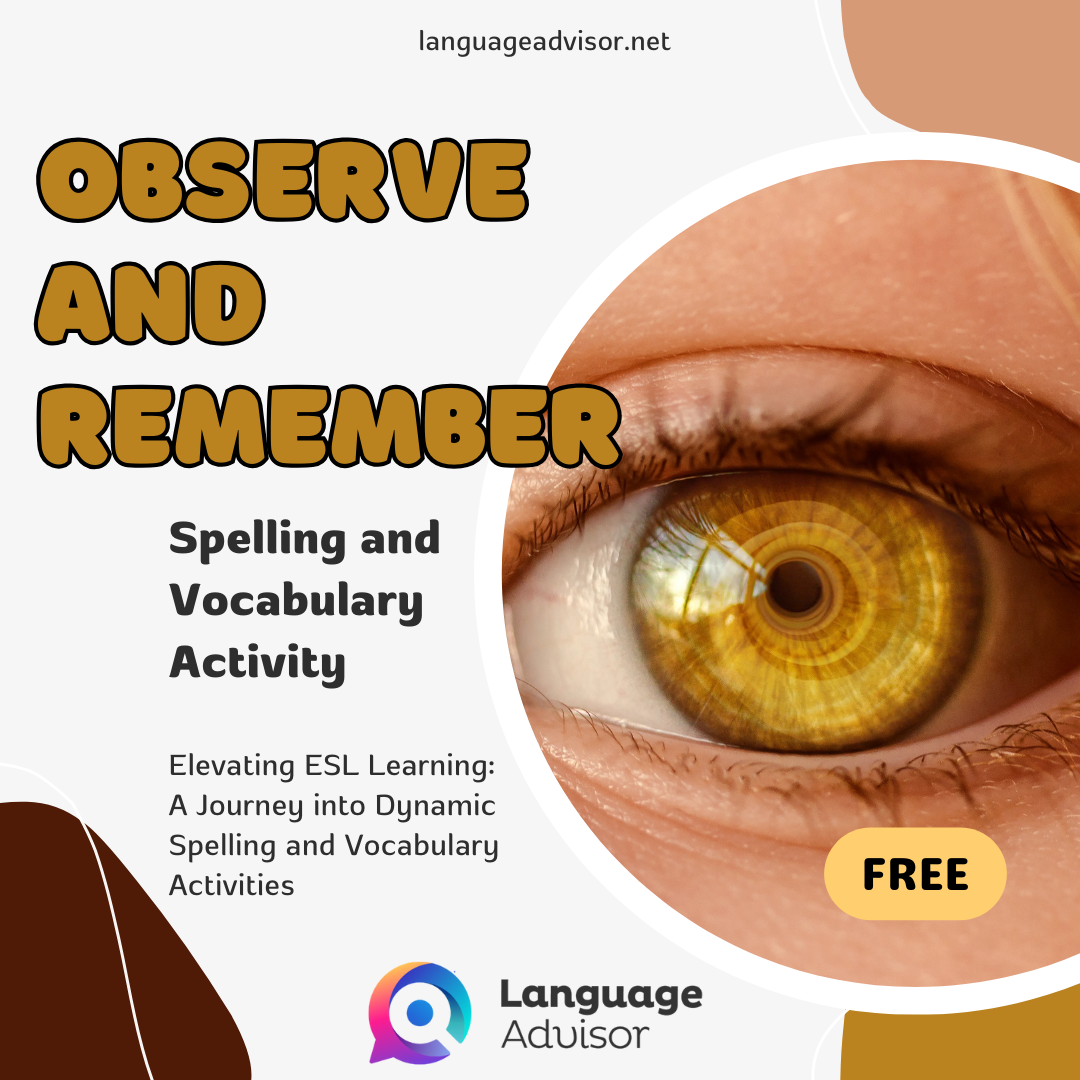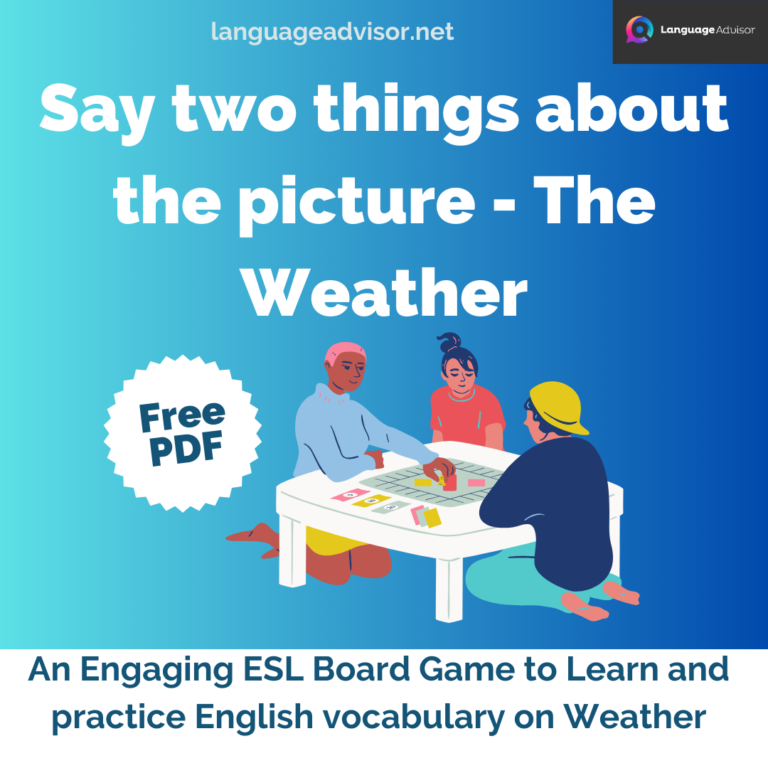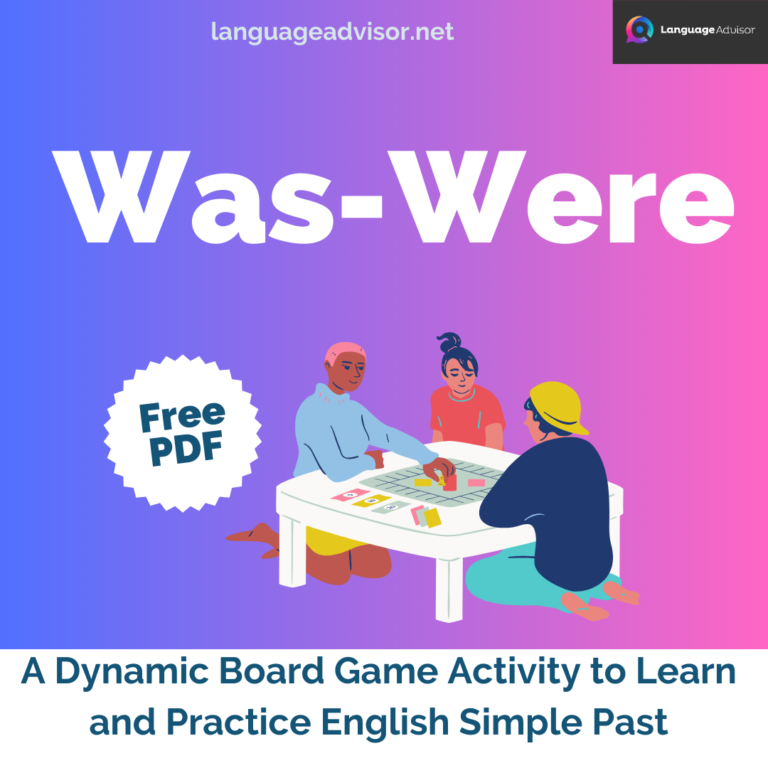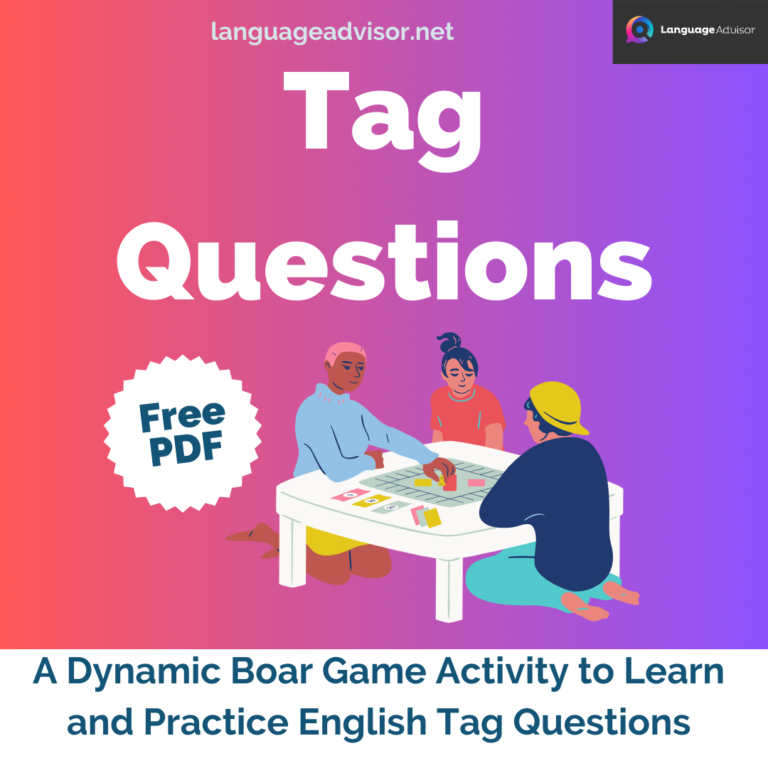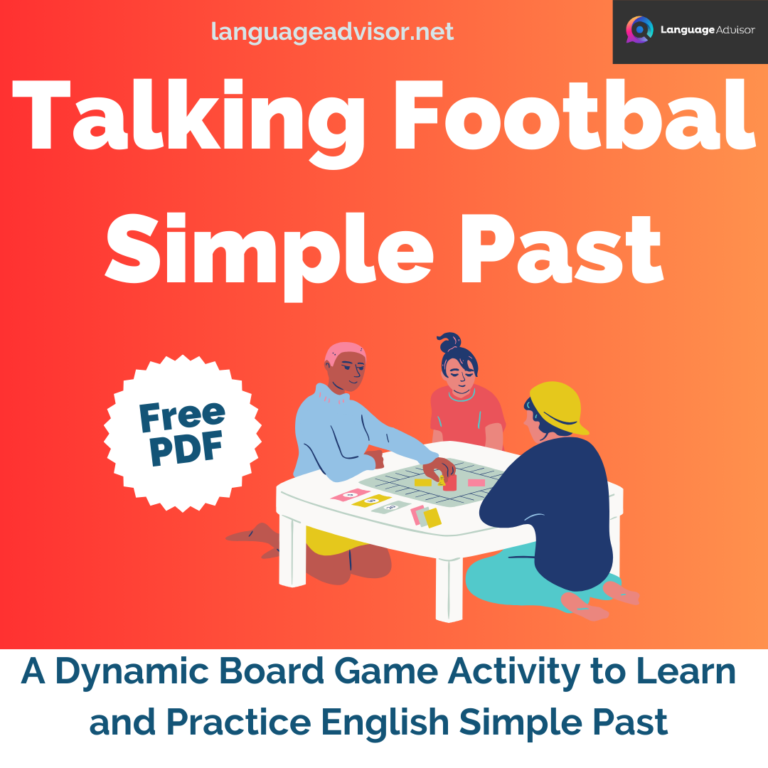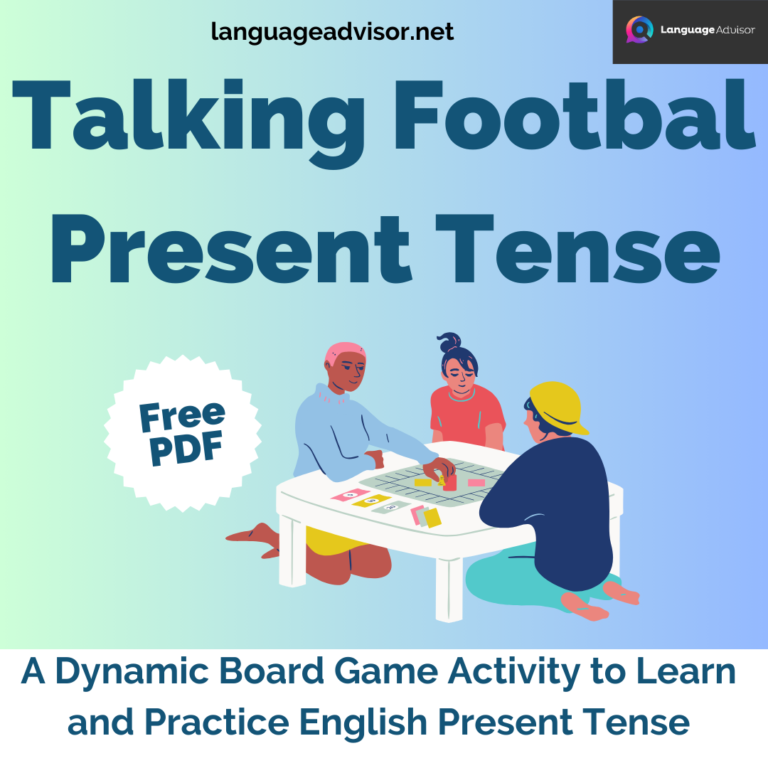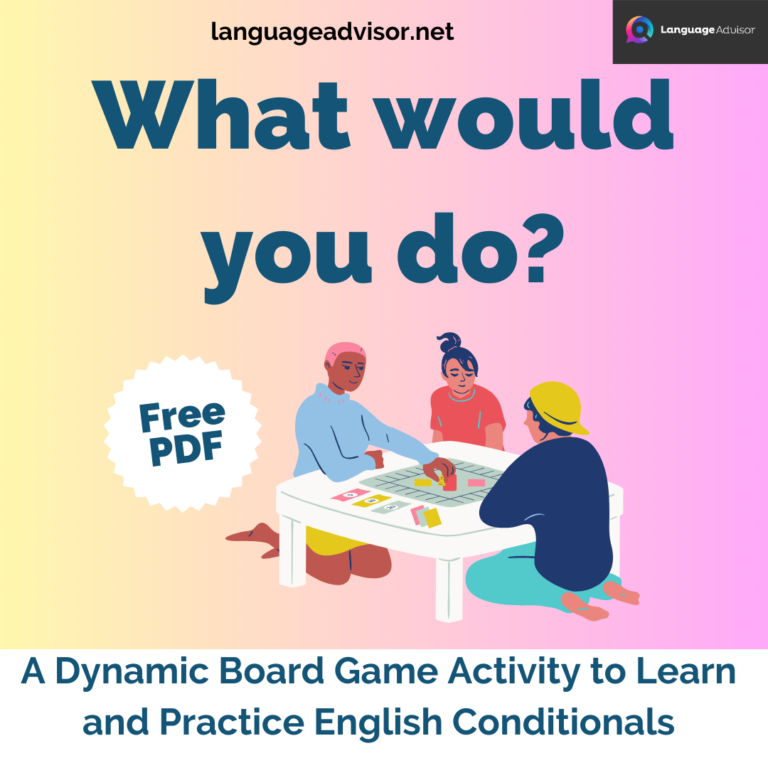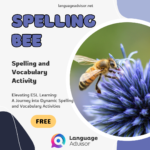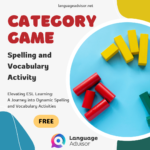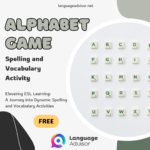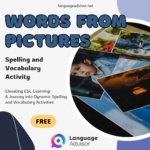OBSERVE AND REMEMBER – Spelling and Vocabulary Activity. Elevating ESL Learning: A Journey into Dynamic Spelling and Vocabulary Activities
OBSERVE AND REMEMBER – Spelling and Vocabulary Activity

Spelling and Vocabulary Activity
In the ever-evolving landscape of English as a Second Language (ESL) education, educators are constantly seeking innovative approaches to captivate students’ attention and deepen their understanding of the intricacies of language. One cornerstone of linguistic proficiency lies in the mastery of spelling and vocabulary. In acknowledging the dual significance of these language components, it becomes evident that they not only pave the way for effective communication but also serve as fundamental building blocks for overall language fluency.
In this blog post, let’s dive into a singular, immersive spelling and vocabulary activity that aims to inject vitality into ESL classrooms. Going beyond traditional approaches, we will explore a creative strategy that not only enhances language skills but also infuses an enjoyable element into the learning process. Through a unique combination of word puzzles, interactive games, digital platforms, and collaborative storytelling, this holistic activity is carefully crafted to transform the journey of mastering spelling and expanding vocabulary into a thrilling and fruitful endeavor for both educators and learners alike.
Take a look as we explore linguistic discovery, unlocking the potential for a more vibrant and effective ESL learning experience.

OBSERVE AND REMEMBER
DESCRIPTION
Play this game with either a collection of small objects or a chart with pictures of things the students can identify (in English). Place the objects or chart at the front of the room and give the students a set amount of time (maybe two minutes) to look at them/it. After they have returned to
their seats, tell them to take out paper and pen, then either individually or in groups, have them write down the names of as many of the objects as they can remember. (The objects or chart should be covered at this time.) At the end of the set time limit (five minutes is good), let the students check their lists and whoever has the longest list is the winner.
OPTIONS
Another way to check the list is to hold up each item and have the students identify it in English.
You can also have the students read from their lists and pull out each item as it is called.
MATERIALS
Chart (words or pictures) or a collection of small, easily identifiable objects, paper and pencil.
OBSERVE AND REMEMBER – REMARKS
The number of items, the objects themselves, and the time should be appropriate for the class level.
Beginners: 12-15 items; Intermediate: 15-20; Advanced: 25-30.

Also check out these articles on teaching, teaching methods and teaching tools


